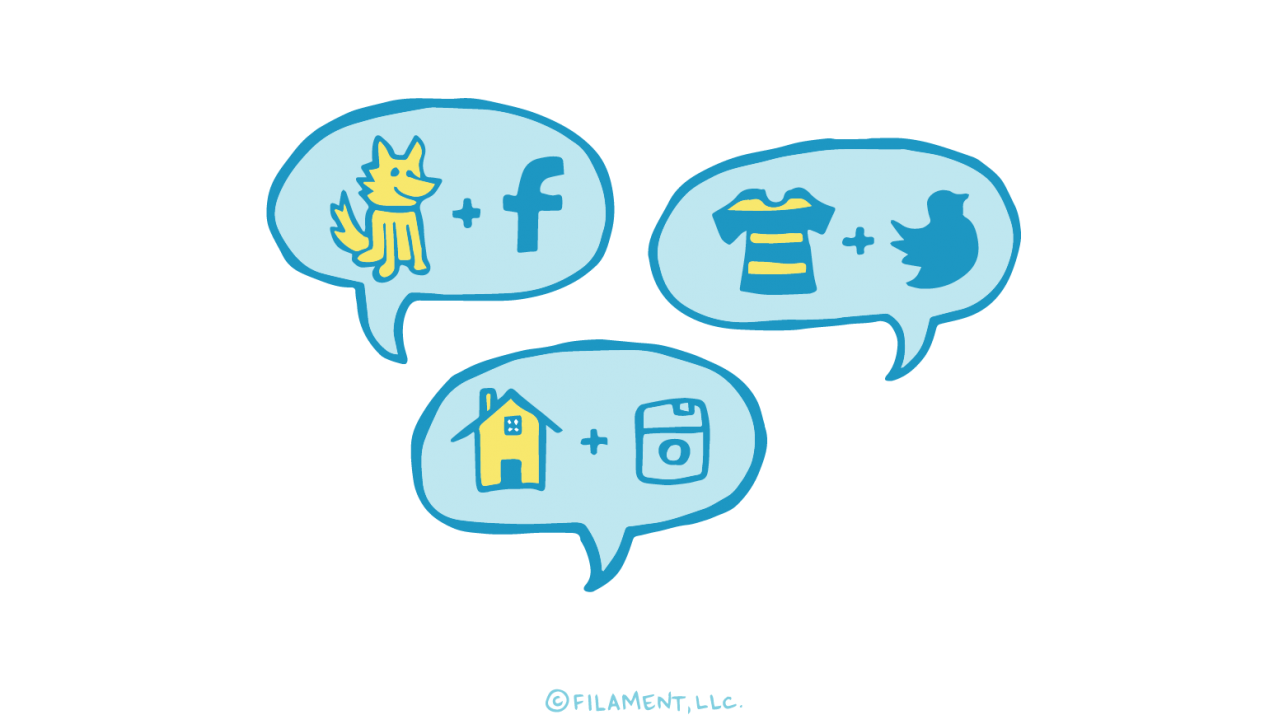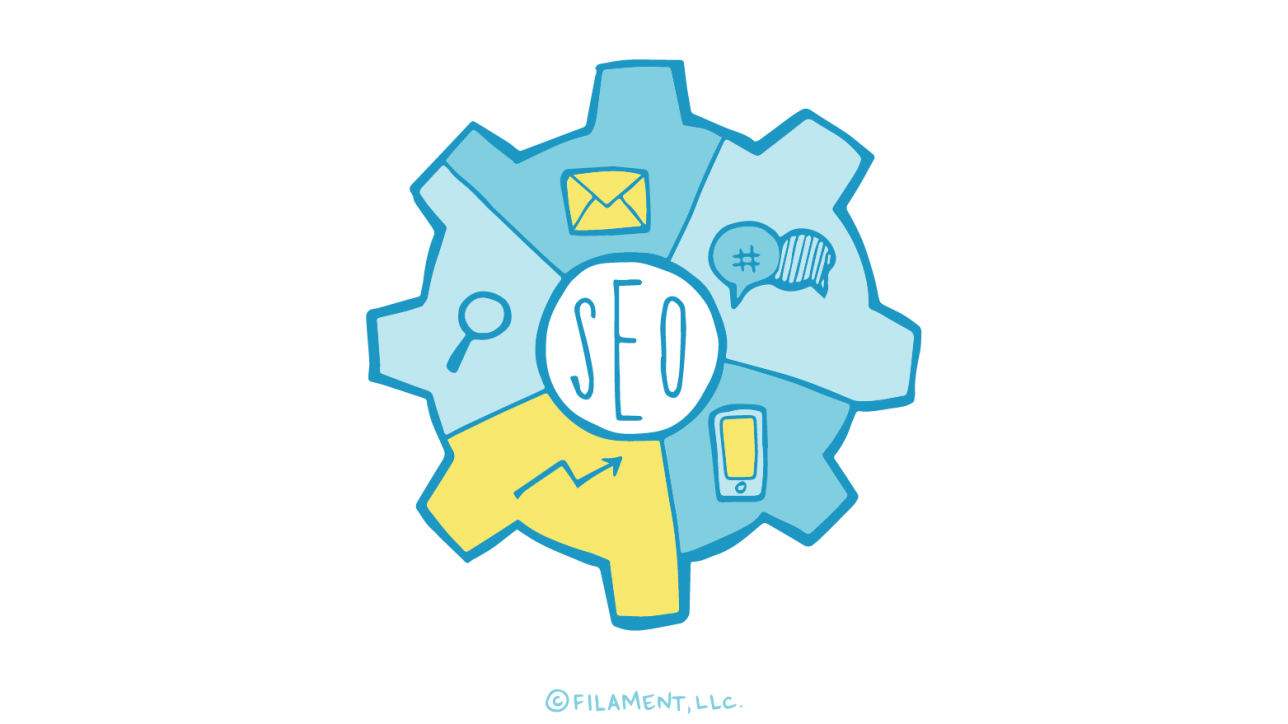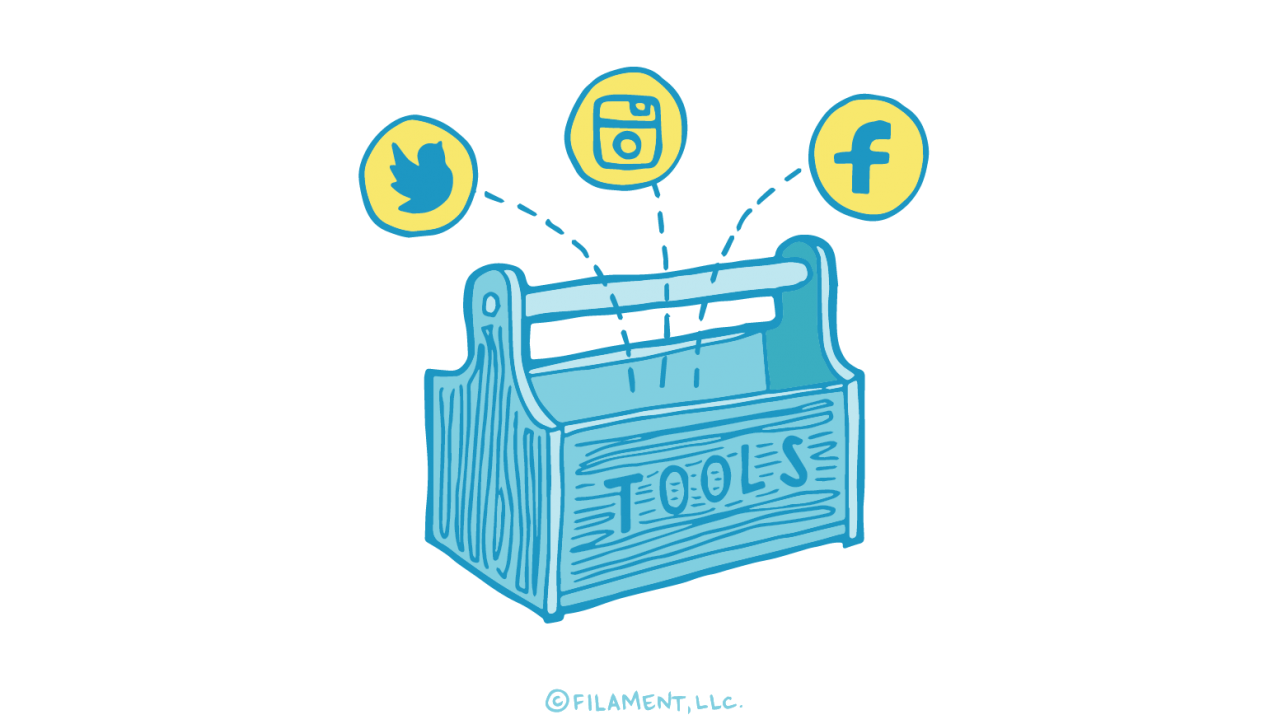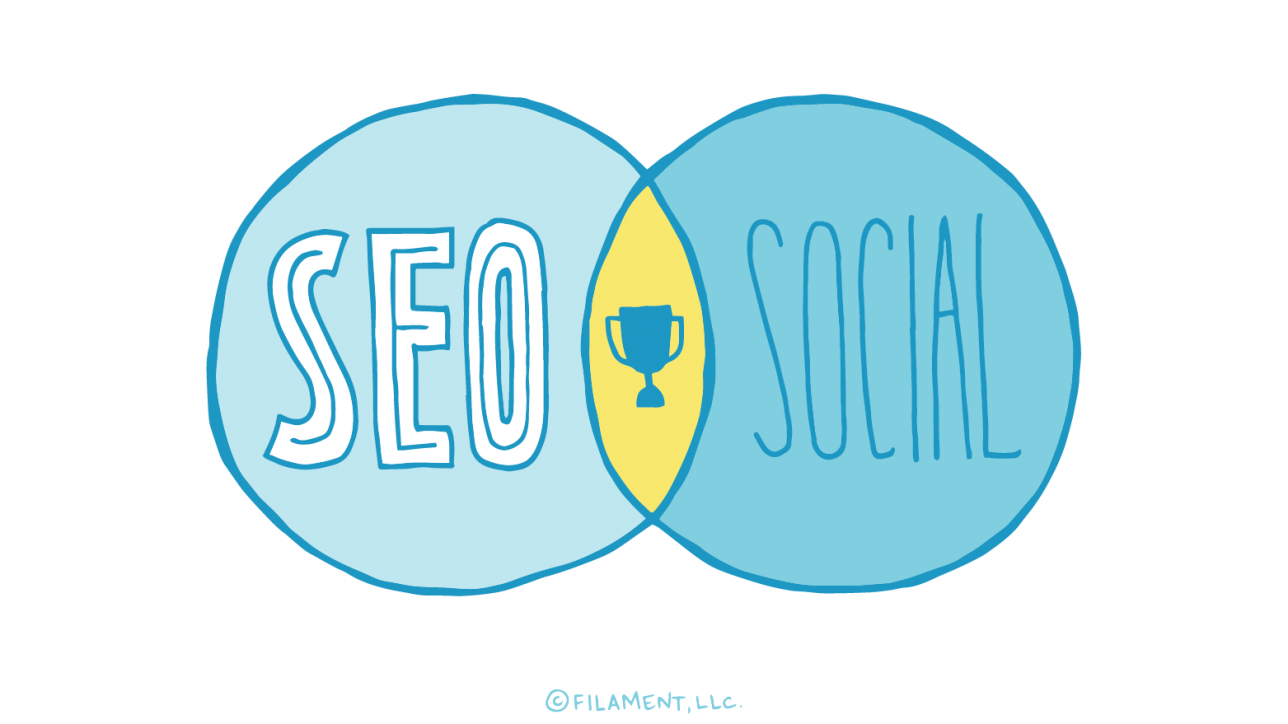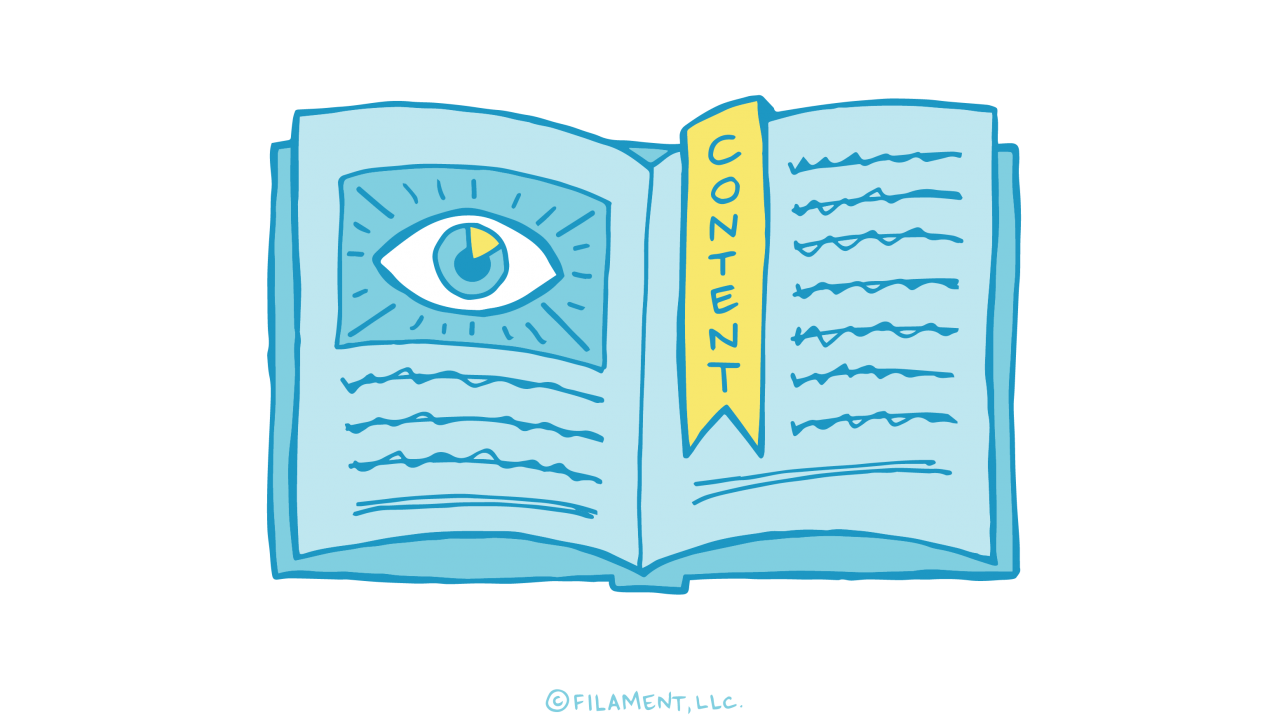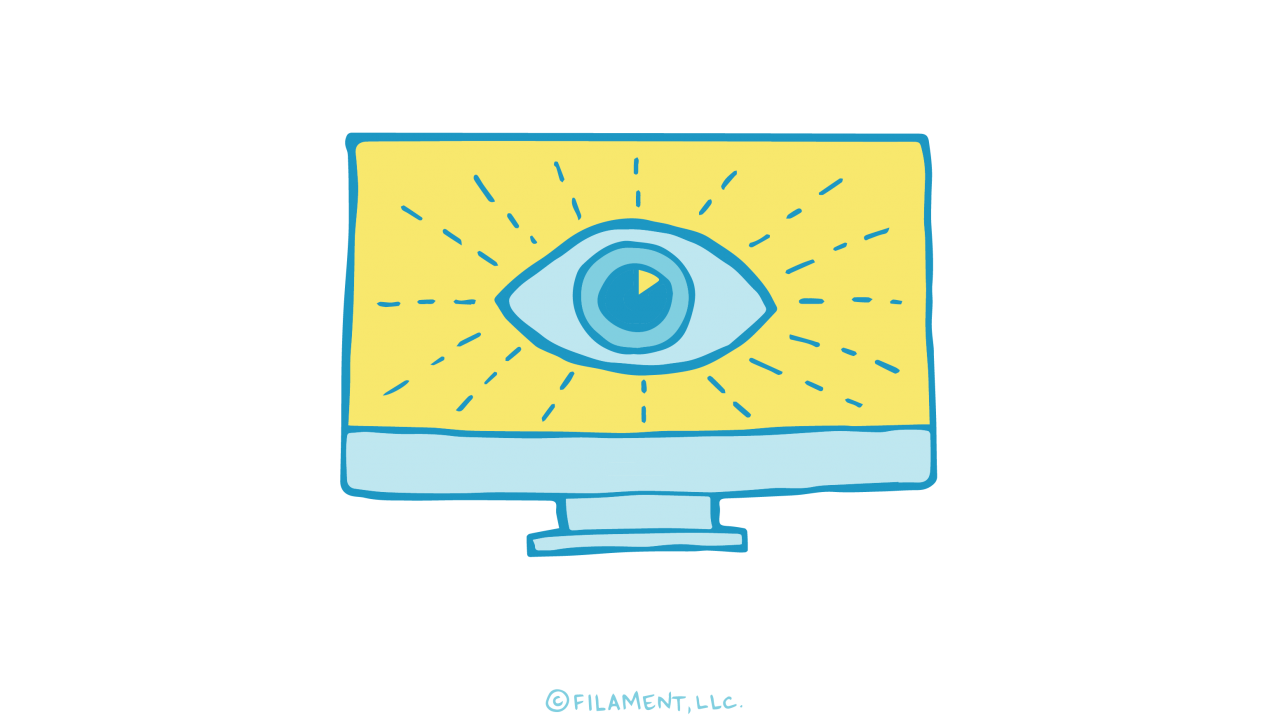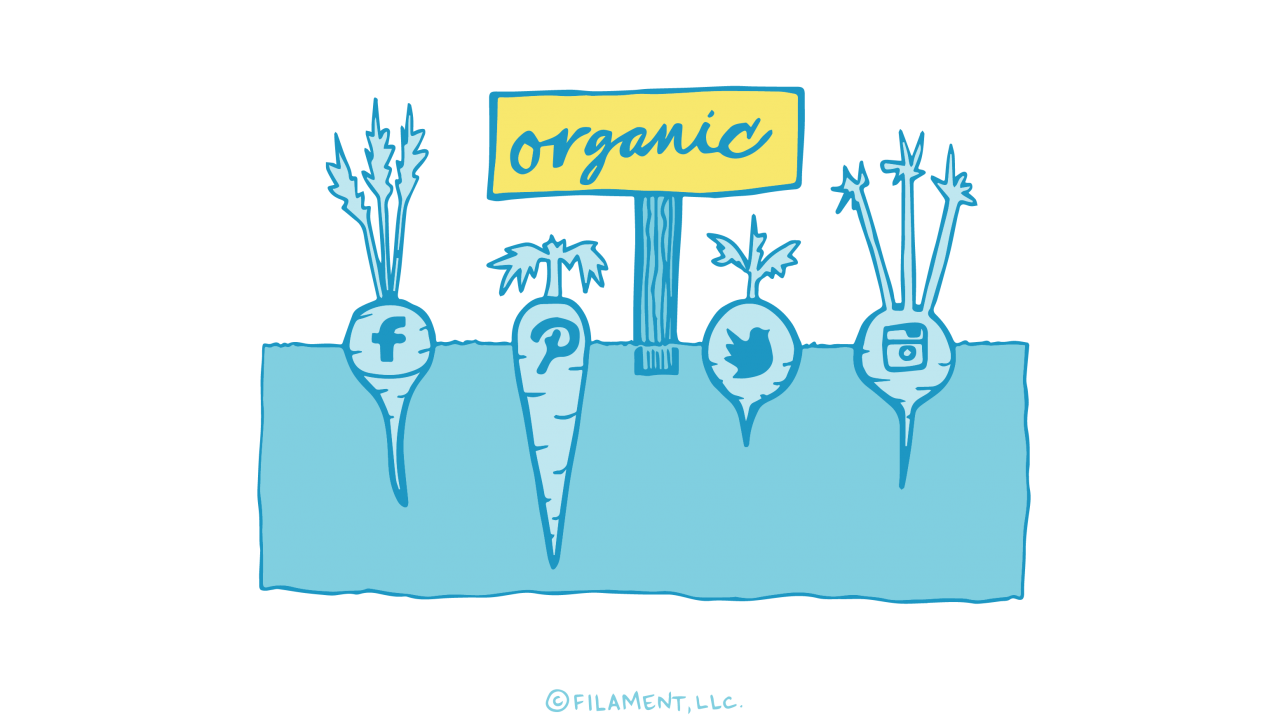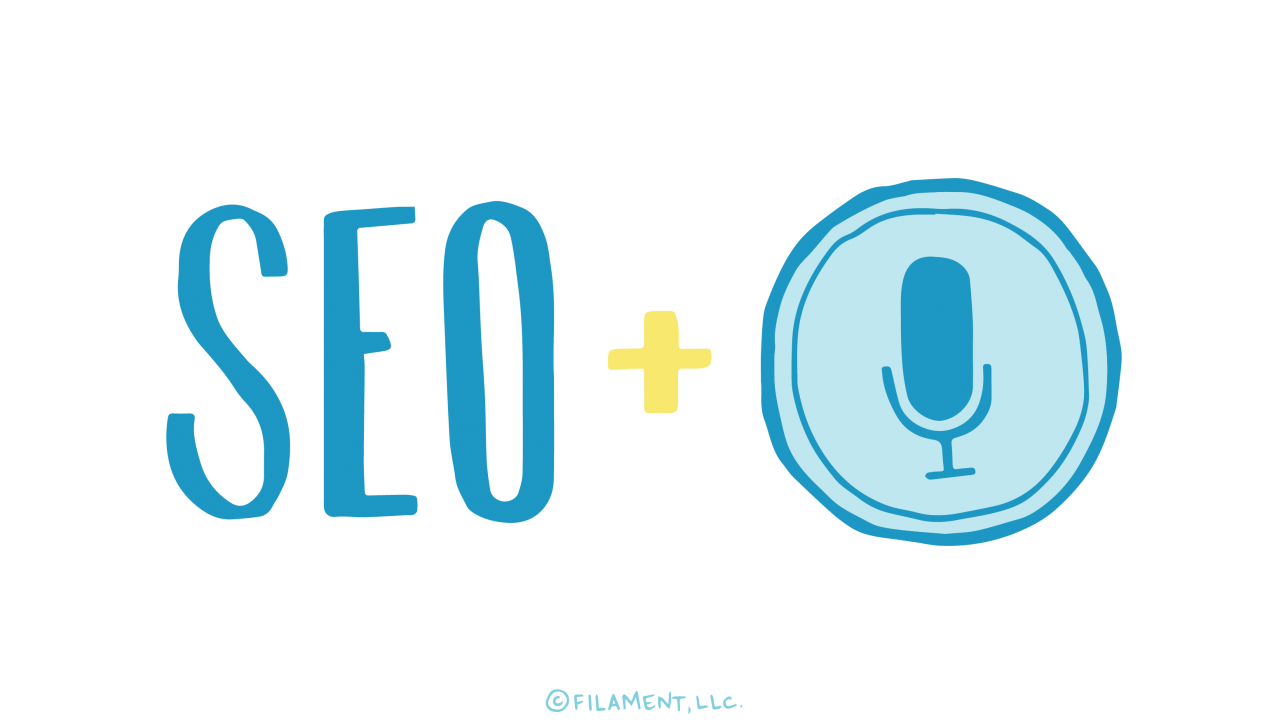Social media integration isn’t something that makes sense to everyone. But, it’s definitely something that makes sense for everyone – if it’s done correctly.
Marketing is most effective when it’s done with the “big picture” in mind. That picture involves things that happen behind the scenes – things customers never see. Of course, it also involves the forward facing messages, images and ideas that we create to present our brand to the world.
And when we present our brand to the world, we do so in many different ways to make sure it’s effective. We use different formats and mediums, focus on different groups and interests, broadcast at different times, and customize our messaging to appeal both broadly and specifically. Our presentations are intended to get as much information out there as possible. The only way to do that is with multiple marketing methods.
Traditional marketing serves its purpose in our portfolio of strategies. And so does social media. But when traditional marketing and social media marketing are successfully integrated, the impact increases significantly.
The key to successful social media integration is recognizing that social media is not a stand-alone element. It’s also not just something we do when, and if, you have time. Going back to the big picture concept, social media has the power to amplify everything you communicate through traditional marketing methods to an almost limitless audience.
Think about “an almost limitless audience” for a moment. That includes the people to whom you market via email and traditional collateral. It includes the people who currently shop in your physical and virtual stores. It includes the people who read your blog posts and the things you post via social media. And – here’s the incredibly awesome part – it also includes the friends and followers of all those people we just mentioned. And then some.
So how do you reach that almost limitless audience? Here are a few ways.
Hashtags
Just by including a hashtag in your posts and comments, you can double their reach. Hashtags allow people from all over the world to connect with your messaging even if they had no previous knowledge of your brand.
If you leverage it thoughtfully, a hashtag can be a pretty powerful tool. By incorporating a hashtag into your social posts, email communications, blog posts, and ads, you’re creating awareness through repetition. And it’s important that you “show” your followers how and when to use your hashtags because when they begin using them in their posts, the message has even greater reach.
By simply clicking on your hashtag, people can view an entire campaign conversation. And in doing so, they can learn enough about your brand to be converted to a new fan – and a new customer.
Thought Leadership
Successfully integrating social media into your marketing strategies isn’t just about selling. Social media is about developing relationships with your followers. It’s a way for people to get to know your brand on a first-name basis. And more importantly, social media gives people the opportunity to learn about the brand through the thought leadership you provide.
Just as we enjoy getting to know people who have interests similar to our own, we also enjoy getting to know brands that embody what’s important to us. Social media is an incredibly effective way to deliver ideas, suggestions and opportunities that help others. And, the more we help others, the more we help our brand.
The Give and Take-Away
The more “purpose” a brand has for people, the more relatable, and ideally, indispensable it is.
Traditional marketing alone can have limited impact. Customers may toss a post card received in the mail, they may delete an email without opening it, and they may ignore in-store signage. But those points of contact can all become more effective with conversational social media messaging.
Successful social media integration gives people the opportunity to connect with a brand beyond just buying what it has to sell. And that connection makes all the difference when a customer is deciding where to go when they’re ready to make a purchase.
Through social media, you can “show and tell” how a product can be used, what problems it solves, and what benefits it provides. You can also strengthen awareness of your brand by sharing related information, cross-promoting mutually supportive brands, and providing helpful tips and tricks for your customers. Even a friendly meme or inspirational quote that aligns with your mission can help strengthen your brand’s purpose for your customers.
Social media is all about giving people something good that they can take-away from their relationship with your brand. Even more than coupons and special deals, people want to feel good about the brands they love. Social media provides a place for customers to interact, ask questions, and connect, and that’s definitely something to feel good about!
Looking for more effective ways to achieve social media integration? We can help!
